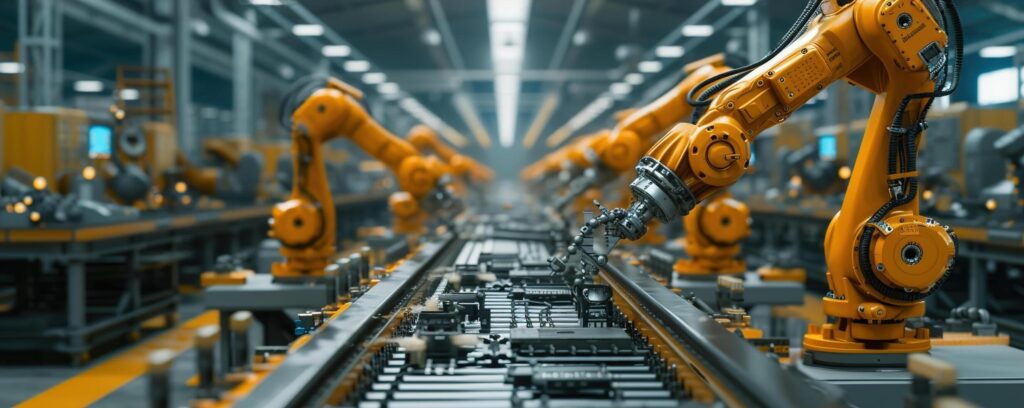Engineering is changing rapidly, and automation is gradually becoming a fundamental aspect. Some tasks that used to consume a large amount of an engineer’s valuable time are now handled by technology, thanks to AI and machine learning. So don’t worry; it does not replace people in the scenario; instead, it lowers errors and makes the process run much more smoothly. Engineers may focus on the creative and entertaining job, where new ideas are communicated, because regular duties have been automated.

The Power of Automation in Engineering Design: Automating Repetitive Tasks
Modern design automation tools focuses on eliminating repetitive and time-consuming tasks, enhancing productivity and accuracy. Key benefits include:
- Routine Calculations: Automating complex calculations ensures accuracy and saves time, eliminating human errors.
- Design Adjustments: Automated tools can modify designs based on predefined rules or parameters, streamlining the iteration process and minimising oversight.
- File Management: Automated systems can organise and update files, ensuring that the latest versions are always accessible without the risk of errors from misfiled or outdated documents.
By adopting automation solutions, businesses can reduce manual effort, optimise workflows, and focus on innovation.
The Benefits of Eliminating Errors in Engineering Design
One of the biggest advantages of automation in engineering design is its ability to eliminate errors. Whether it is the precision of CAD models or ensuring that all design parameters are met, automation can provide the following:
- Reduced Human Error: By automating routine tasks like measurements, calculations, or material selection, the risk of mistakes caused by fatigue or oversight is minimised.
- Consistency Across Designs: Automation ensures that design guidelines are adhered to with precision, preventing inconsistencies and errors between different iterations of a project.
- Faster Revisions: With automation handling repetitive updates and iterations, engineers can quickly review designs and make adjustments, ensuring fewer revisions are needed.
With fewer errors to worry about, engineers can focus their time and energy on creative, innovative projects that really make a difference.
The Challenges: Balancing Automation with Human Expertise
While automation streamlines tasks and improves accuracy, there are challenges that need to be addressed:
- Learning Curve: Engineers must become familiar with automation tools and integrate them into existing workflows.
- Maintaining Human Insight: While automation can handle repetitive tasks, human expertise is still essential for complex decision-making, creative problem-solving, and high-level design considerations.
By mastering automation tools, engineers can unlock new levels of productivity and quality.
A Future of Collaboration: Humans and Automation
Rather than viewing automation as a threat, engineers should see it as a valuable tool that amplifies their abilities. When machines handle the repetitive tasks—like data entry, calculations, or design updates—engineers can invest more time and energy into the aspects of design that truly require human insight and creativity.
The future of engineering design is one where humans and automation work hand-in-hand. Automation is here to stay, and engineers who embrace it will not only reduce errors and speed up workflows but also push the boundaries of innovation.
Embrace Automation to Streamline Your Design Process
Modern design automation software, such as rule-based configuration tools, revolutionises workflows by automating repetitive engineering tasks. Whether it is generating CAD models, automating BOM creation, or standardising product designs, these tools ensure accuracy, consistency, and faster delivery.
Is your engineering team ready to embrace automation for greater efficiency and fewer errors? Let’s explore how automation can reshape your design process.


